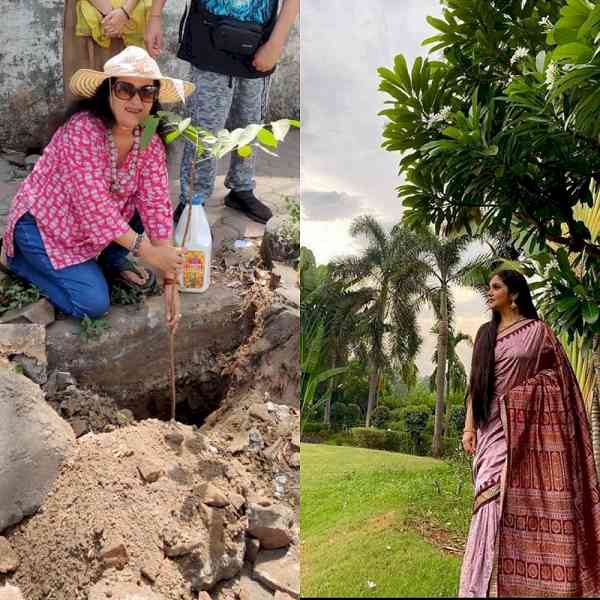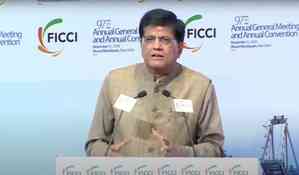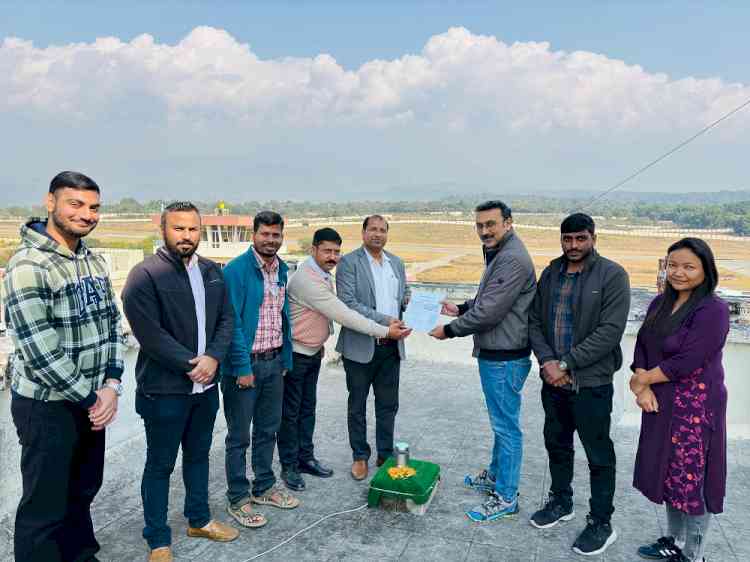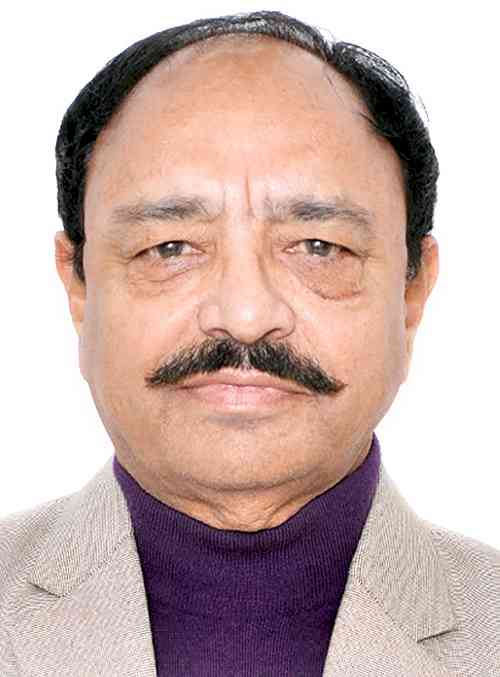TV artists talk about initiatives taken by Chhattisgarh towards conserving environment
Chhattisgarh has been at the forefront towards a greener India

Chhattisgarh has been at the forefront towards a greener India, be it renewable energy or working towards protecting the environment. On World Environment Day, &TV’s Himani Shivpuri, aka Katori Amma from Happu Ki Ultan Paltan and Gracy Singh aka Santoshi Maa from Santoshi Maa Sunaye Vrat Kathayein. Himani Shivpuri talks about the initiatives taken by the state towards conserving the environment.
Himani Shivpuri shares, “The state has made commendable efforts in making the environment a safe one. Including household people to farmers and every other sector, the citizens too have participated. After banning the burning of crop residue, the air quality has significantly improved. Raipur is one of the smart cities in India, and even with technological advancements, it has paid due diligence to nature after creating a green – lung. The government planted a micro-forest that has increased the scenic beauty of the city and given it life. World Environment Day is a reminder of many of the effects we leave on the Earth and a call for awareness for many to become sustainable. We are going through a major climate change and we will be answerable to our future generations. I have personally devoted my time to avoid the use of an excess of water. It is a resource many are lacking, and to preserve it is my duty. I re-use water often for plants or washing purposes. Pre-pandemic my cousin and I would go on plantation drives to add more trees to the environment.”
Gracy Singh, aka Santoshi Maa, shares, “Progress is impossible without change, and Chhattisgarh is a stark example of the same. But while the state has seen multiple reforms in various avenues, they have been true to Mother Earth and her roots. The action taken by the state and its people has gone beyond just for welfare purposes. They have restored nature and its goodness. Ambikapur is one of the zero-waste cities in India, and their practice of waste segregation has surpassed expectations. Not only is the waste disposed of systematically it also serves the purpose of feeding flora and fauna. The model has generated hundreds of jobs and is an inspiring case for sustainable waste management that can be replicated easily elsewhere.”


 cityairnews
cityairnews 













